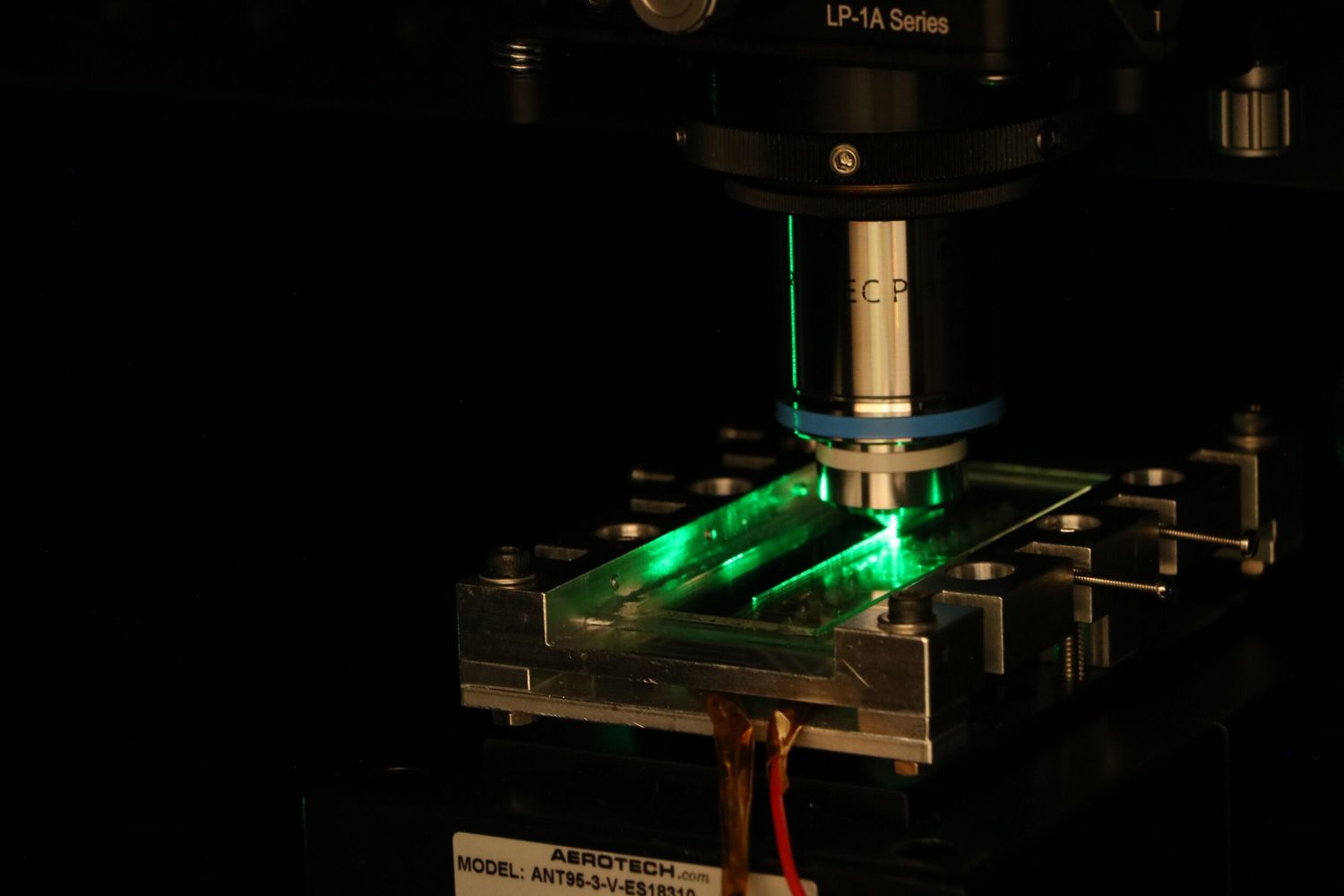Oxford University develops sapphire fibre sensor that could facilitate cleaner air travel
Researchers at Oxford University in the UK have developed a sensor made from sapphire fibre with the ability to withstand extreme temperatures. The technology has the potential to enable significant improvements in terms of operational efficiency and emissions reduction, they report. The work was published in the academic journal Optics Express.
The sensor is powered by a half-millimetre-thick sapphire optical fibre that can tolerate temperatures of up to 2,000 °C (3632 °F). When light enters to one end of the fibre, some of it is reflected by a point on the fibre that has been modified to be temperature-sensitive (the Bragg grating). The wavelength of the reflected light is a measure of the temperature at that point.
Although the fibre may look very thin, it is huge compared to the wavelength. In this way, light can take many different paths along the sapphire fibre, allowing many different wavelengths to be reflected at once.
The researchers designed a channel so that the light is contained in a tiny cross-section, one hundredth of a millimetre in diameter. This resulted in a sensor that predominantly reflects only one wavelength of light.
The initial demonstration was carried out on a centimetre-long stretch of fibre. However, the researchers anticipate that it will be possible to achieve the same on lengths of up to several metres. With many sensors spaced over such a distance, it would be possible, for example, to measure the temperature in an entire jet engine.
The data provided by the sensors would allow operators to adapt the operating conditions of the engines during flights to optimise their overall performance and reduce nitrogen oxide emissions. In addition, since sapphire is resistant to radiation, it could be applied in the aerospace industry, said Oxford University.
«This fundamental research could in time enable more efficient and accurate multi-point temperature measurement in harsh environments, improving control, efficiency, and safety», said Mark Jefferies, Chief of University Research Liaison at Rolls-Royce.
See also: Etihad Airways conducts test flights to eliminate contrails


Para comentar, debés estar registradoPor favor, iniciá sesión